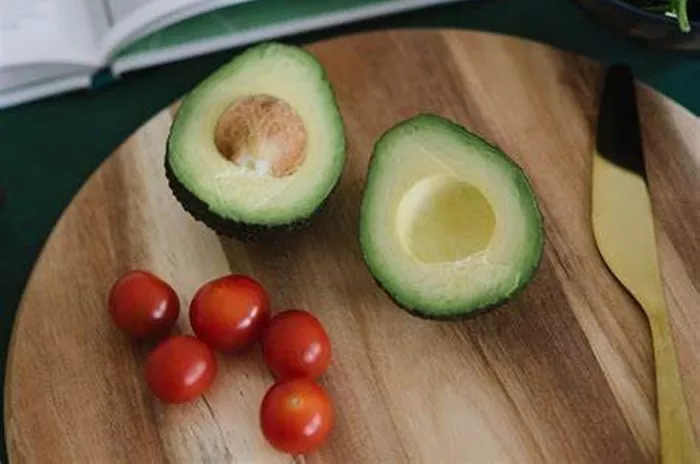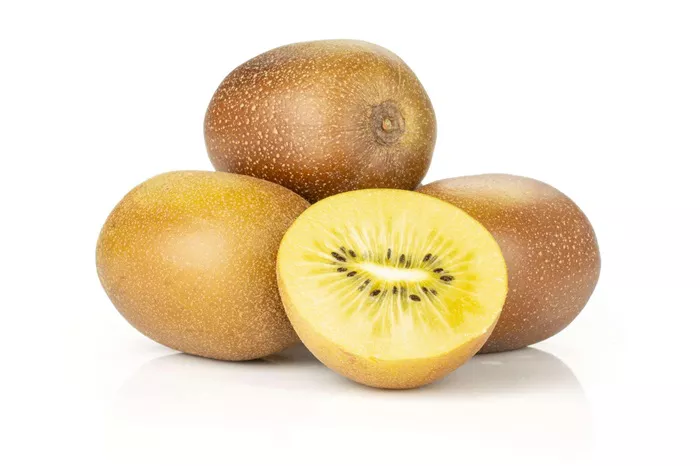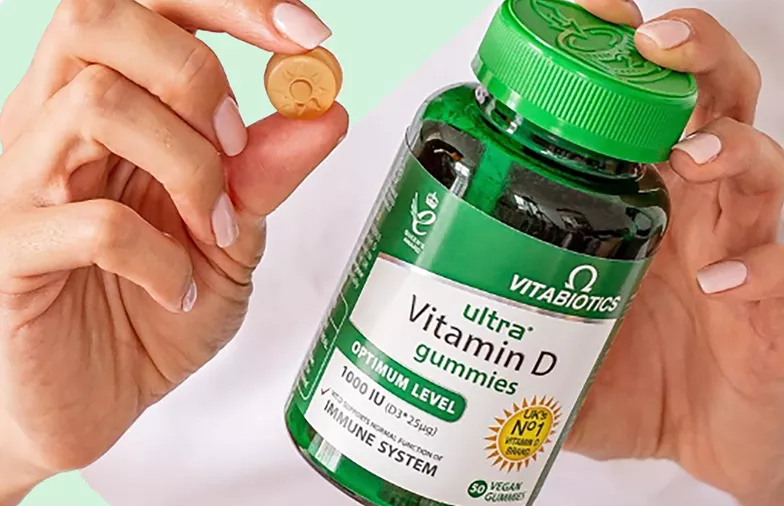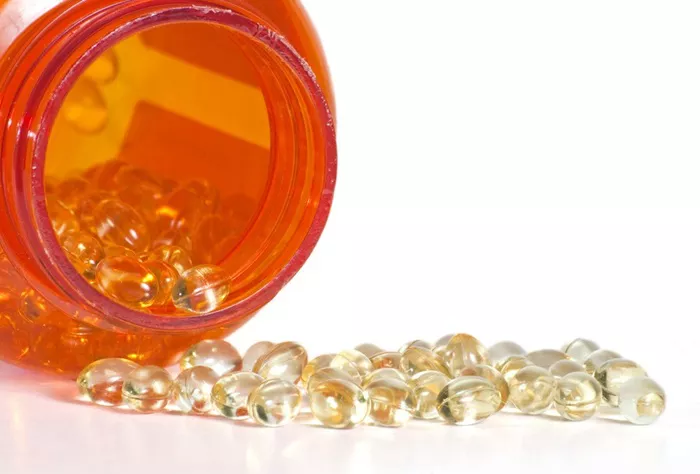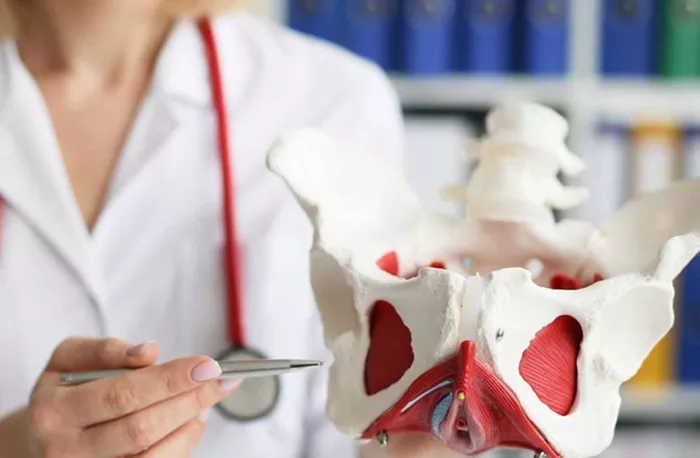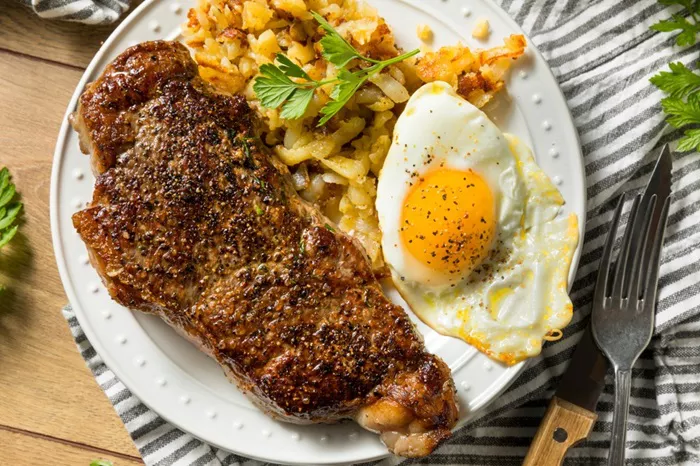Chickpeas, also known as garbanzo beans, are a popular legume celebrated for their versatility, rich nutrient profile, and numerous health benefits. However, while chickpeas are a great source of protein, they are not a complete protein on their own. This means they do not contain all nine essential amino acids required by the human body. To harness the full potential of chickpeas, it’s essential to pair them with complementary foods that collectively provide a complete protein profile. This comprehensive guide will explore various ways to achieve complete protein by combining chickpeas with other ingredients, ensuring you can enjoy a balanced and nutritious diet.
Understanding Complete Proteins
Before diving into the best food combinations, it’s crucial to understand what makes a protein “complete.” A complete protein contains all nine essential amino acids in adequate proportions. These amino acids are termed “essential” because the body cannot synthesize them, making it necessary to obtain them through diet. While animal products like meat, eggs, and dairy naturally contain complete proteins, many plant-based proteins, including chickpeas, do not. This requires a strategic approach to meal planning for those following vegetarian or vegan diets.
Nutritional Profile of Chickpeas
Chickpeas are a nutrient-dense food, providing a significant amount of protein, fiber, vitamins, and minerals. A cup of cooked chickpeas (approximately 164 grams) offers about 15 grams of protein, 45 grams of carbohydrates, and 12 grams of dietary fiber. Additionally, chickpeas are rich in iron, magnesium, phosphorus, and folate. They are also an excellent source of polyunsaturated fats and essential amino acids, though they fall short in methionine, making it necessary to pair them with other foods to achieve a complete protein.
Complementary Proteins: The Key to Complete Nutrition
Combining different plant-based foods to form a complete protein is a time-honored practice in various cuisines around the world. Here are some of the best complementary food pairings for chickpeas:
Whole Grains
Whole grains are an excellent complement to chickpeas, filling in the amino acid gaps to form a complete protein. Here are some notable combinations:
Quinoa
Quinoa is a complete protein on its own and pairs exceptionally well with chickpeas. A quinoa and chickpea salad, enhanced with fresh vegetables and a tangy vinaigrette, is not only delicious but also nutritionally balanced. You can also make a quinoa and chickpea stew or add them together in a wrap for a quick and healthy meal.
Brown Rice
Brown rice is another great pairing. A simple chickpea curry served over brown rice provides a complete protein and a hearty, satisfying meal. You can also prepare a chickpea and brown rice stir-fry with vegetables for a wholesome dinner option.
Barley
Barley’s nutty flavor complements chickpeas well. A barley and chickpea soup or salad can be a nutritious and filling meal. Adding vegetables and herbs will enhance the dish, making it a well-rounded and flavorful choice.
Nuts and Seeds
Nuts and seeds can also complement chickpeas to form a complete protein. Here are a few combinations to consider:
Tahini
Tahini, a paste made from ground sesame seeds, is a perfect companion for chickpeas. It’s a key ingredient in hummus, which combines chickpeas and tahini to create a delicious spread. This classic Middle Eastern dish can be served with whole-grain pita bread, vegetables, or as a sandwich filling.
Chia Seeds
Chia seeds are a complete protein and can be added to chickpea dishes for an extra nutritional boost. Sprinkle chia seeds over a chickpea salad, or incorporate them into chickpea patties or burgers for added texture and nutrition.
Almonds
Almonds can be used in various chickpea dishes to create a complete protein. Try making a chickpea and almond pilaf or adding slivered almonds to a chickpea salad. You can also blend almonds into a creamy sauce to serve over chickpeas and vegetables.
See Also: Is There Any Fruit with Protein?
Vegetables
Certain vegetables can also help create a complete protein when paired with chickpeas. Here are some examples:
Spinach
Spinach is a leafy green rich in nutrients and can complement chickpeas in many dishes. A spinach and chickpea stew or a warm salad with wilted spinach and chickpeas can provide a complete protein and a wealth of vitamins and minerals.
Kale
Kale is another nutrient-dense vegetable that pairs well with chickpeas. A kale and chickpea salad with a lemon-tahini dressing is a flavorful and nutritious option. You can also add kale to chickpea soups and stews for an extra boost of greens.
Sweet Potatoes
Sweet potatoes add a touch of sweetness and a lot of nutrients to chickpea dishes. Try a chickpea and sweet potato curry, or roast them together with spices for a hearty and healthy side dish.
Legumes and Pulses
Pairing chickpeas with other legumes and pulses can also help achieve a complete protein profile. Here are some combinations to try:
Lentils
Lentils are a versatile and protein-rich legume that pairs well with chickpeas. A lentil and chickpea stew or salad is a nutritious and filling meal. You can also make a lentil and chickpea curry or soup for a warming and hearty dish.
Black Beans
Black beans are another legume that complements chickpeas. A black bean and chickpea salad with fresh vegetables and a zesty dressing is a great option. You can also make a black bean and chickpea chili for a hearty and protein-packed meal.
Peas
Peas are a sweet and protein-rich legume that pairs well with chickpeas. A chickpea and pea curry or a chickpea and pea salad with fresh herbs and a lemony dressing can provide a complete protein and a burst of flavor.
Incorporating Complete Proteins into Your Diet
Achieving complete protein through chickpea pairings can be both delicious and easy. Here are some tips and recipes to help you incorporate these combinations into your daily meals:
Breakfast
Start your day with a nutritious and protein-packed breakfast by incorporating chickpeas. Here are some ideas:
Chickpea and Quinoa Breakfast Bowl
Combine cooked quinoa and chickpeas with sautéed spinach, cherry tomatoes, and avocado for a hearty breakfast bowl. Top with a drizzle of tahini and a sprinkle of chia seeds for added nutrition.
Chickpea and Almond Smoothie
Blend chickpeas, almond milk, a banana, a handful of spinach, and a tablespoon of chia seeds for a protein-rich smoothie. This smoothie is perfect for a quick and nutritious breakfast on the go.
Lunch
A balanced and protein-rich lunch can keep you energized throughout the day. Here are some ideas:
Mediterranean Chickpea Salad
Combine chickpeas with chopped cucumbers, tomatoes, red onion, kalamata olives, and feta cheese. Toss with a lemon-oregano dressing and serve with whole-grain pita bread for a complete protein meal.
Chickpea and Brown Rice Stir-Fry
Stir-fry cooked brown rice with chickpeas, bell peppers, broccoli, and snap peas. Season with soy sauce, ginger, and garlic for a flavorful and protein-packed lunch.
Dinner
End your day with a nutritious and satisfying dinner. Here are some ideas:
Chickpea and Lentil Curry
Cook chickpeas and lentils with onions, garlic, ginger, and a blend of spices in coconut milk. Serve over brown rice or quinoa for a complete protein and a warming meal.
Roasted Chickpeas and Sweet Potatoes
Toss chickpeas and sweet potato cubes with olive oil and spices. Roast until golden and serve with a side of sautéed kale and a drizzle of tahini for a balanced and delicious dinner.
Snacks
Healthy snacks can help maintain energy levels throughout the day. Here are some ideas:
Hummus and Veggies
Serve homemade hummus with a variety of fresh vegetables like carrots, celery, bell peppers, and cucumbers for a protein-rich and satisfying snack.
Chickpea and Almond Energy Balls
Blend chickpeas, almonds, dates, chia seeds, and a touch of vanilla extract. Roll into balls and refrigerate for a quick and nutritious snack on the go.
Conclusion
Chickpeas are a versatile and nutritious legume that can be paired with various foods to achieve complete protein. By combining chickpeas with whole grains, nuts, seeds, vegetables, and other legumes, you can create balanced and delicious meals that provide all the essential amino acids your body needs. Whether you’re following a vegetarian, vegan, or omnivorous diet, these chickpea pairings can help you enjoy the benefits of complete protein and support your overall health and well-being. Experiment with these combinations and recipes to discover your favorite ways to enjoy chickpeas as part of a balanced and nutritious diet.
[inline_related_posts title=”You Might Be Interested In” title_align=”left” style=”list” number=”6″ align=”none” ids=”10937,10862,10761″ by=”categories” orderby=”rand” order=”DESC” hide_thumb=”no” thumb_right=”no” views=”no” date=”yes” grid_columns=”2″ post_type=”” tax=””]




